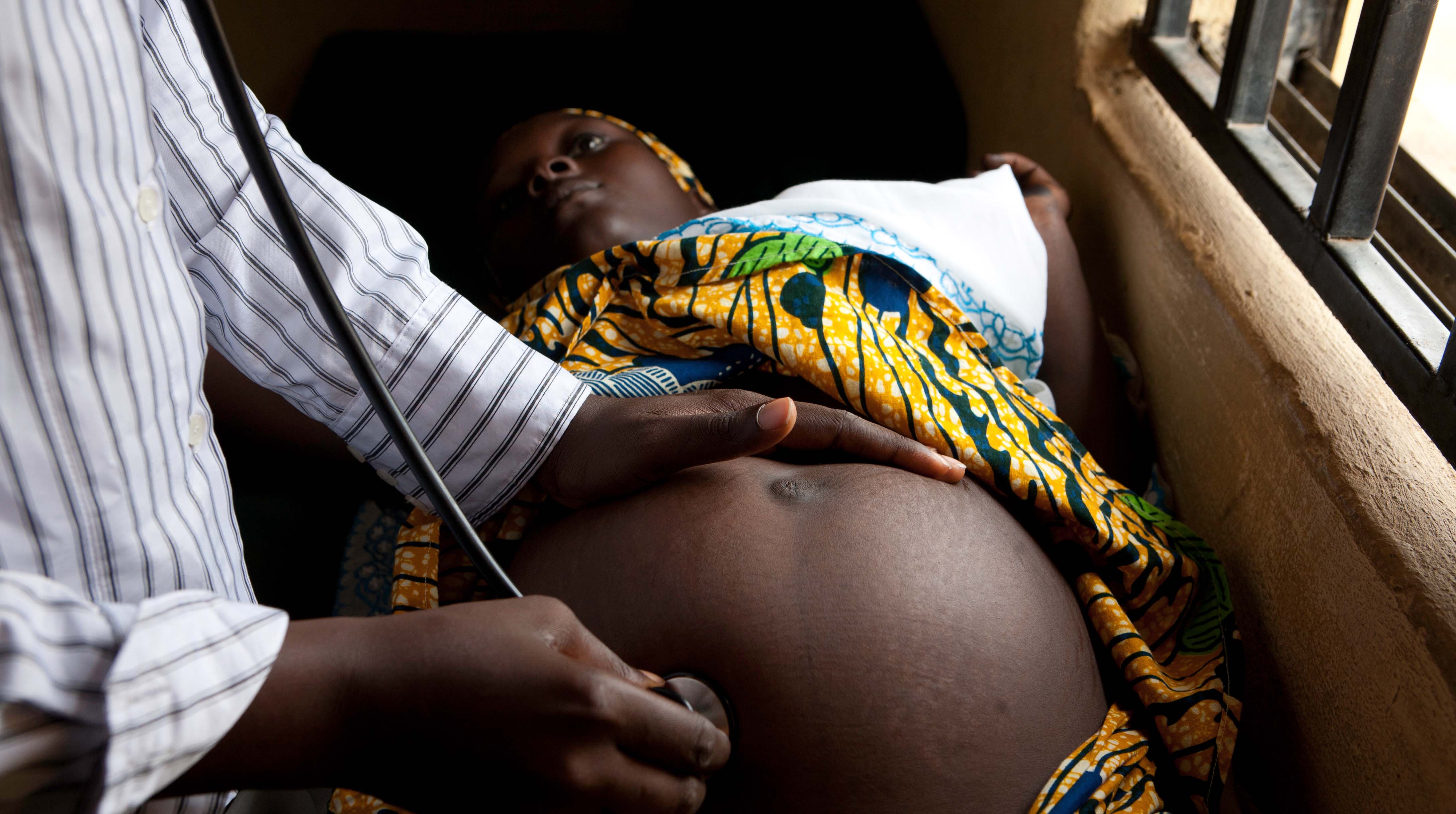This report, prepared by the Emergency Nutrition Network (ENN), provides a summary of the current state of thinking on wasting prevention. It explores what is known about the physiology of wasting and the causes, predispositions and pathways that lead to the condition (its aetiology). The report focuses on the period of conception to five years of age, exploring the evolution of wasting over time, its relationship with stunting, its presentation in boys and girls and the importance of context in wasting aetiology.
It is clear that risk of wasting originates from the early stages of a child’s development (including in utero) and that these early experiences continue to influence wasting and the associated risk of death/poor development throughout childhood. This highlights the need to act to address these early determinants (through support to adolescents and women) to support optimal foetal development and infant feeding to reduce the burden of childhood wasting and the associated risks.
A number of key research questions arise in relation to wasting aetiology specifically. These include: Why are boys consistently more at risk of wasting than girls? What mechanisms lead one child down the pathway to wasting compared to another child born into the same impoverished conditions? How and to what extent does in-utero experience amplify risk of wasting in response to external factors during infancy and childhood?
The growing evidence base demonstrating the association between wasting and stunting, the overlap of risk factors and the multiplicative effect of dual deficits on mortality risk points to the need for joint strategies for identification of risk and for prevention. It is time to reconceptualise how we deal with different forms of malnutrition, to forge a joined-up approach centred on degrees of vulnerability to death and impaired development. A new framework should aim to prevent periods of nutritional vulnerability, including during pregnancy and the first six months of life, from leading to progressively more at-risk children, both in the short- and long-term.


